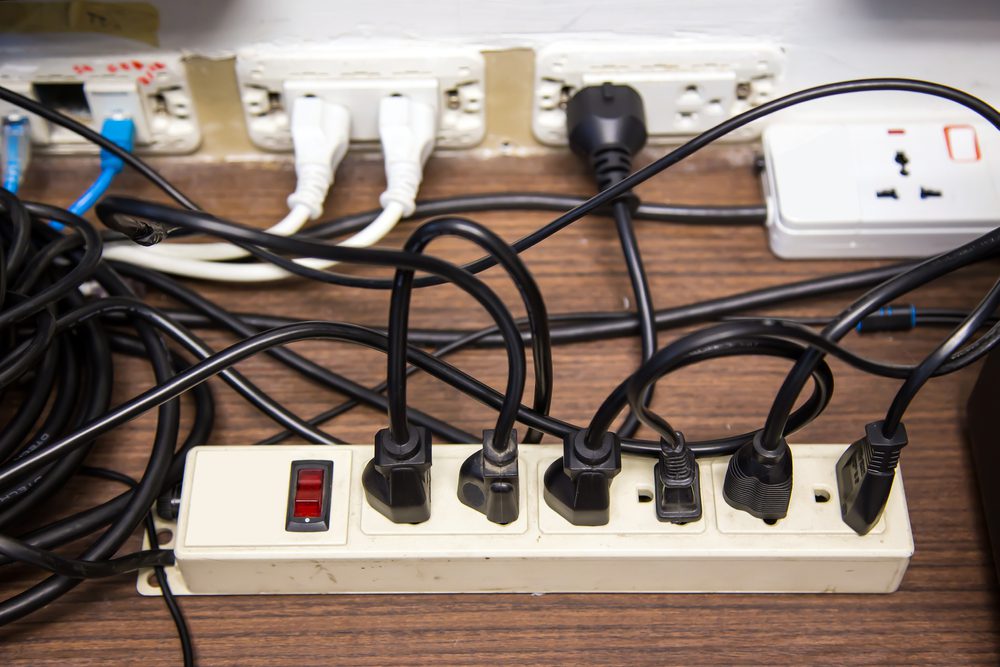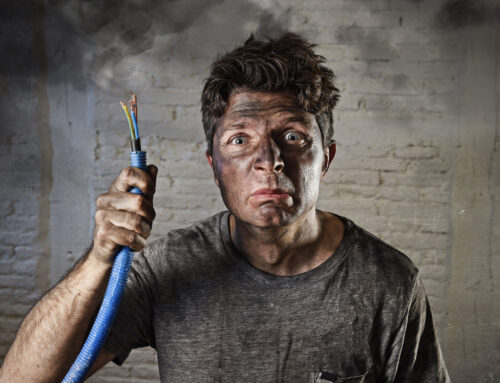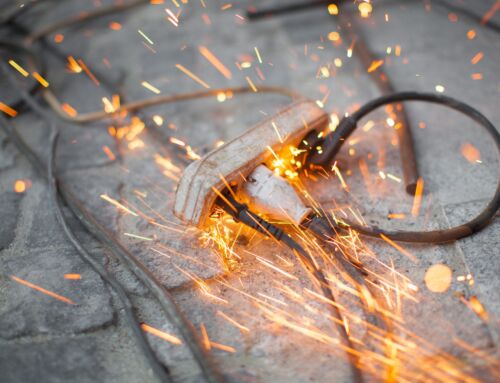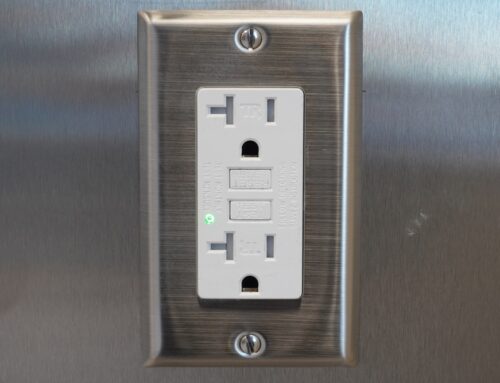Electrical circuit overloads can cause serious damage to your electrical system and even pose a fire hazard if left unchecked. Overloads occur when the amount of electrical current flowing through a circuit exceeds its capacity, causing the circuit to overheat and potentially trip a circuit breaker or blow a fuse. This can result in damage to your appliances and electrical equipment, as well as a potential fire hazard.
Preventing electrical circuit overloads is essential to maintaining the safety and integrity of your home’s electrical system. Here are some steps you can take to prevent electrical circuit overloads:
-
Understand your circuit’s capacity
The first step in preventing electrical circuit overloads is to understand your circuit’s capacity. Each circuit is designed to handle a certain amount of electrical current, which is measured in amps. This capacity is determined by the size of the circuit breaker or fuse that protects the circuit.
Check the rating of the circuit breaker or fuse protecting each circuit in your home. If you’re unsure, consult an electrician. Make sure you never exceed the circuit’s capacity by plugging too many appliances or devices into it.
-
Avoid daisy-chaining power strips
One common cause of electrical circuit overloads is daisy-chaining power strips. This occurs when multiple power strips are plugged into each other, creating a chain of electrical connections. This can overload the circuit, as each power strip adds more devices to the circuit.
Instead, use a single power strip with a built-in circuit breaker, and plug only a few devices into it. This will prevent overloading the circuit and help protect your appliances and electrical equipment.
-
Be mindful of high-wattage appliances
High-wattage appliances, such as space heaters, air conditioners, and hair dryers, can consume a lot of electrical current and quickly overload a circuit. Be mindful of the wattage of these appliances, and avoid using them on the same circuit as other high-wattage devices.
If you must use high-wattage appliances, plug them into a dedicated circuit that can handle their electrical load. Consult an electrician if you’re unsure which circuits are best suited for these appliances.
-
Spread out electrical usage
Another way to prevent electrical circuit overloads is to spread out your electrical usage throughout your home. Avoid plugging too many devices into one circuit, and try to distribute your electrical usage evenly across multiple circuits.
For example, if you have a home office with multiple devices, avoid plugging them all into the same circuit. Instead, spread them out across different circuits in your home.
-
Upgrade your electrical system
If you’re consistently experiencing electrical circuit overloads, it may be time to upgrade your electrical system. An electrician can help you assess your electrical needs and recommend upgrades, such as adding new circuits or increasing the capacity of existing circuits.
Upgrading your electrical system can help prevent electrical circuit overloads and improve the safety and reliability of your home’s electrical system.
In conclusion, preventing electrical circuit overloads is essential to maintaining the safety and integrity of your home’s electrical system. By understanding your circuit’s capacity, avoiding daisy-chaining power strips, being mindful of high-wattage appliances, spreading out your electrical usage, and upgrading your electrical system as needed, you can help prevent overloads and keep your home safe.






